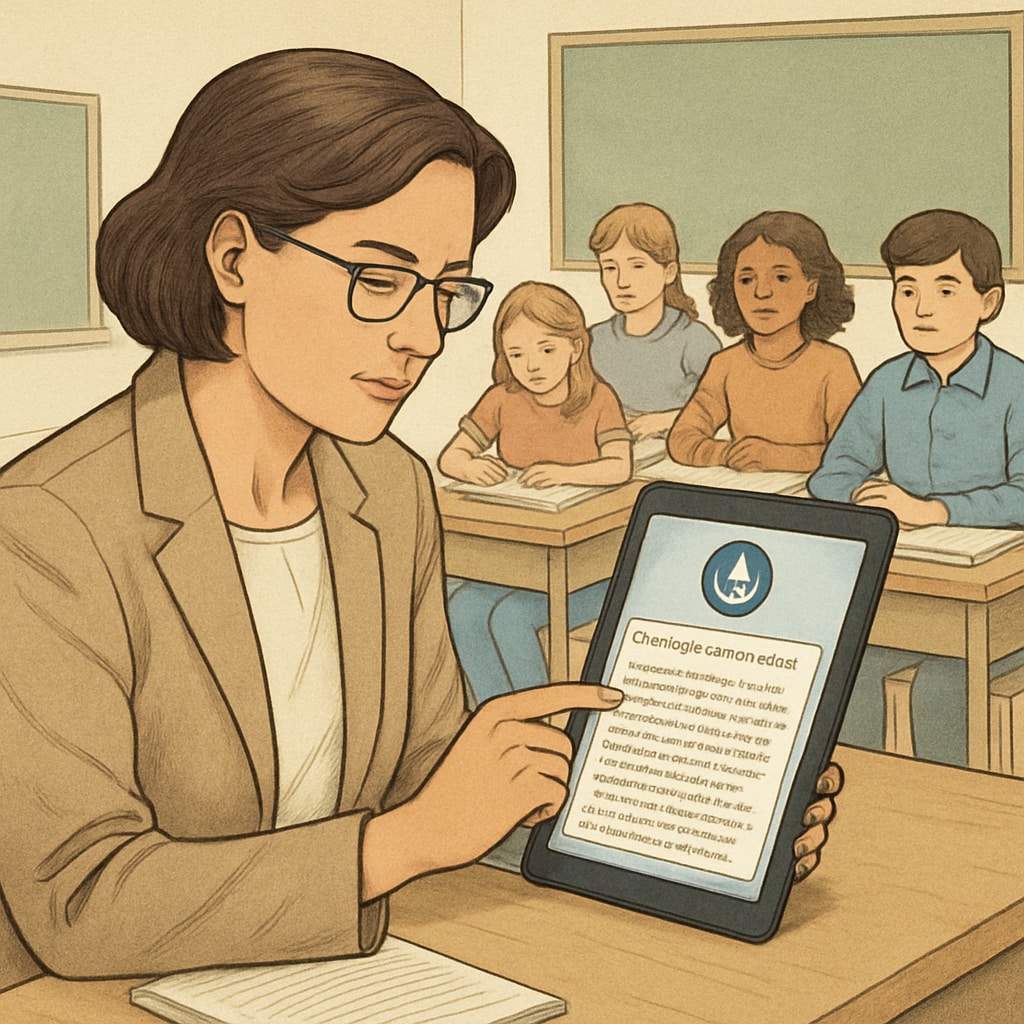In the fast-paced world of K12 education, educators are constantly searching for tools to enhance their productivity and improve the quality of their teaching. Voice-to-text technology, with its ability to transform spoken words into written text, has emerged as a game-changer. By streamlining processes such as providing feedback, drafting lesson plans, and documenting observations, this innovation significantly boosts teaching efficiency while enhancing the overall educational experience. Platforms like WillowVoice are leading the charge, offering teachers the means to focus on what truly matters: engaging with their students.
Revolutionizing Feedback with Voice-to-Text Technology
Providing timely and detailed feedback is essential for fostering student growth, yet it can be one of the most time-consuming tasks for educators. Voice-to-text tools simplify this process by allowing teachers to record their thoughts verbally, which are then instantly transcribed into text. This eliminates the need for hours spent typing or handwriting feedback, enabling teachers to provide more comprehensive and personalized responses to student work.
For instance, instead of manually writing comments on dozens of assignments, a teacher can dictate their observations, and the system will create a clear, readable document. This approach not only saves time but also ensures that feedback is more nuanced and reflective of the teacher’s expertise. According to a Britannica article on speech recognition, these systems are becoming increasingly accurate, making them a reliable tool for educators.

Streamlining Lesson Planning and Classroom Observations
Lesson planning is another area where voice-to-text technology can significantly improve efficiency. Teachers often have creative ideas for lessons while on the go or during informal discussions. With a voice-to-text app, they can quickly record these ideas and have them transcribed into editable text. This ensures that no valuable insight is lost and reduces the time spent organizing and typing lesson plans.
Additionally, classroom observations, which are critical for monitoring student behavior and engagement, can be documented more effectively. Instead of juggling a notebook or a laptop during class, teachers can speak their observations aloud, allowing the technology to capture every detail. This creates a seamless workflow where educators can focus on teaching without being tied down by administrative tasks.
For example, using a tool like WillowVoice, a teacher could record notes on a student’s progress during a group activity. These notes can then be exported as text, making it easier to track performance over time. This functionality enhances both the efficiency and accuracy of classroom documentation.

Enhancing Teacher-Student Interaction Through Efficiency
One of the most significant benefits of voice-to-text technology is the way it frees up teachers’ time, allowing them to focus on direct interaction with their students. By automating routine tasks such as feedback and documentation, educators can dedicate more attention to developing engaging classroom activities and fostering meaningful connections with their learners.
Moreover, the integration of voice-to-text tools aligns with the growing emphasis on personalized learning. Teachers can use these systems to create customized lesson materials or communication tailored to individual students’ needs. As a result, the classroom experience becomes more dynamic and responsive, ultimately improving learning outcomes.
As noted by Wikipedia’s entry on speech recognition, advancements in machine learning have made these tools more accessible and affordable, ensuring that even schools with limited budgets can benefit from their capabilities.
The Future of Voice-to-Text in K12 Education
As voice-to-text technology continues to evolve, its potential applications in education are expanding. Future developments may include real-time transcription of classroom discussions, enabling students to revisit lessons at their own pace, or integrating voice recognition with other educational technologies for a more cohesive learning experience.
For now, tools like WillowVoice are already making a significant impact, transforming the way teachers manage their workloads and interact with their students. By embracing these innovations, the education sector can ensure that both educators and learners benefit from a more efficient and engaging environment.
In summary: Voice-to-text technology is revolutionizing K12 education by streamlining feedback, lesson planning, and classroom documentation. As these tools become more sophisticated and user-friendly, their role in enhancing teaching efficiency and improving educational outcomes will only grow.


